Translated English Markdown text:
This article is reproduced from Autocarweekly official account.
Author: Finance Street Old Li
CATL, with a market value of trillions, is the lucky choice of capital.
Yesterday, CATL’s market value exceeded one trillion. On June 11, three years ago, CATL went public on A-share market with a market value close to 50 billion yuan. In three years, CATL’s market value has increased by 20 times, becoming the first company on the ChiNext market to exceed one trillion in market value.
As a leading stock in one of the hottest tracks, CATL has always been a long-term and focus of research in the secondary market and the most respected stock among securities dealers. Many people in the auto industry have looked at CATL, but few have really studied it.
Friends who have heavily invested in CATL have earned handsomely in the past two years, while friends who have not boarded the bandwagon may wonder whether CATL and another giant, BYD, are still worth buying. At the starting point of one trillion, Old Li and everyone will explore the differences between CATL and BYD, as well as differences in their perspectives from a capital and auto perspective. Can CATL, with a market value of over one trillion, still be worth buying?
CATL VS BYD: Is it the right approach?
In the eyes of many people, CATL and BYD are a pair of brothers who love and fight each other.
Starting from the second quarter, the A-share market sentiment gradually improved, and the mid-year “founding of the Party market” still continued. Generally, the second quarter market presents a stronger structural trend than in the past, and new energy vehicles, as one of the popular tracks, have received wide attention from the secondary market. CATL, as a leading stock in the power battery market, made a big push and its market value crossed one trillion, rising by over 50% from the low at the end of the first quarter.
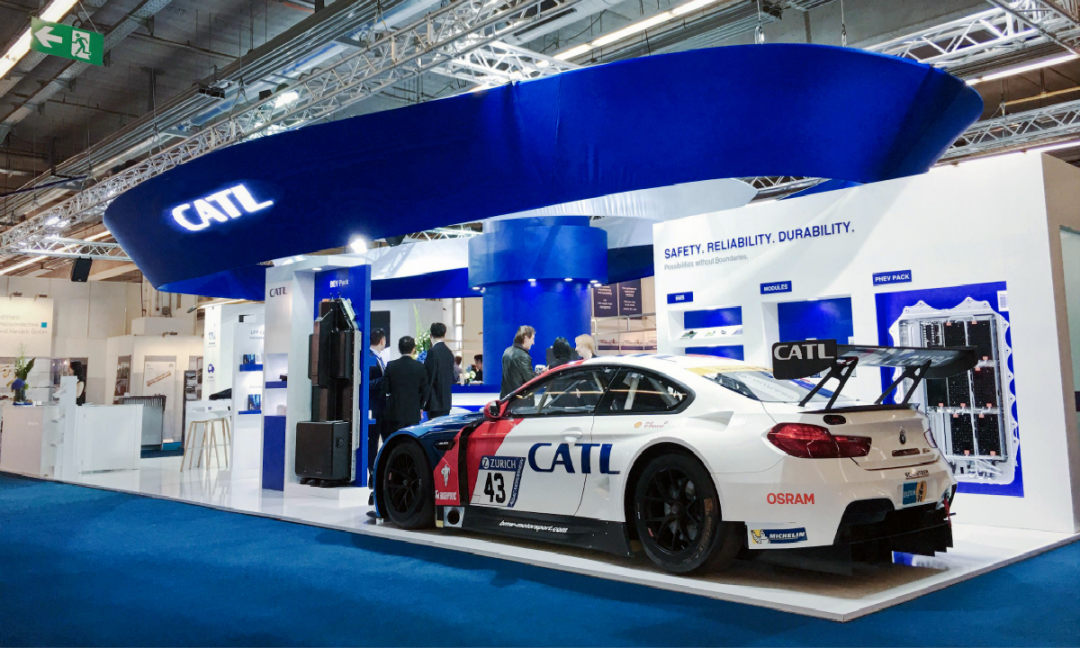
CATL is a typical reversal trend. As a leading stock in the new energy vehicle market, BYD, which is heavily favored by “stock god” Buffet, has shown a different trend: BYD is a rebound trend, not a reversal trend. Although the new energy vehicle sector is hot, BYD’s largest rebound strength is less than 30%. Affected by the reduction in holdings, it fell slightly by 2.26% yesterday morning, lagging behind the other stock significantly.
Since last year, many friends have asked Old Li why CATL can surpass A-share auto companies like Great Wall Motor and SAIC Group, and become the king of new energy vehicle concept stocks. Many also ask why BYD, with the dual support of new energy vehicles and power batteries, always falls behind CATL.
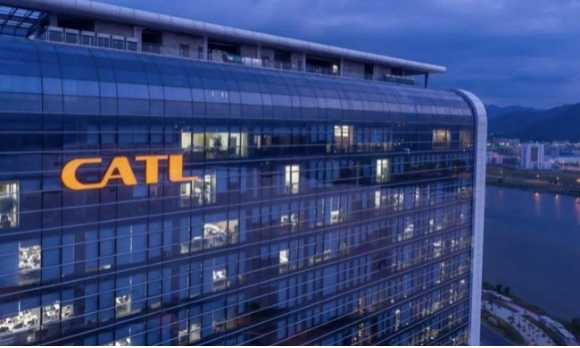 # Switch from Industry Perspective to Capital Perspective
# Switch from Industry Perspective to Capital Perspective
Friends who ask these questions haven’t found a way to research the secondary market. To look at companies from a capital perspective, one must switch from their industry perspective. Taking CATL as an example, from the perspective of the auto industry, CATL and downstream complete vehicle manufacturers have zero-sum relationships. This means that people would consider CATL as a pure auto parts supplier.
Under this definition, people’s valuation of CATL is as follows: Generally speaking, the market value of head component companies is lower than that of complete vehicle companies. In 2020, CATL’s revenue was 50.3 billion, almost half of that of Great Wall Motors, BYD and other companies. People subconsciously believe that CATL’s market value should be lower than that of domestic complete vehicle companies.
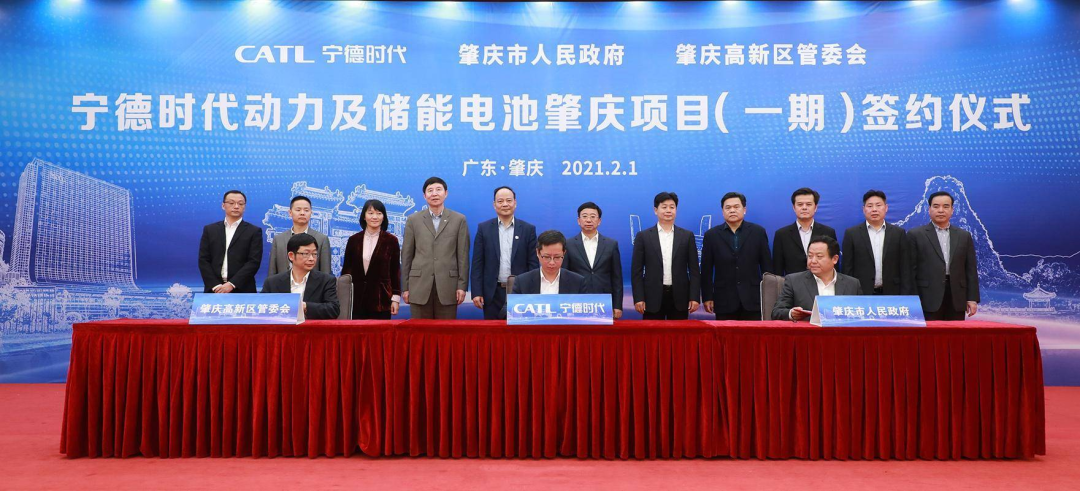
The capital perspective is not like this. The pricing logic of the secondary market mainly looks at basic performance and imagination. Many researchers believe that there are two main factors that currently support CATL’s high valuation:
The first is that CATL has a high market share in the existing market. Before the pattern of the power battery market became clear, the high market share was the primary reference indicator for CATL’s high valuation.
The second is that CATL maintains a high growth rate in market space and financial performance. Especially in important indicators such as production capacity supply and demand and energy storage, CATL maintains sufficient impact.
Based on these two premises, the capital market has given CATL a relatively high expectation. In 2020, CATL’s revenue was 50.3 billion, with a YoY growth rate of only 9.90%, but the dynamic PE ratio of CATL’s one trillion yuan market capitalization is as high as 129 times.
According to the predictions of secondary institutions, CATL’s net profit in 2021, 2022, and 2023 is expected to be 9.62 billion yuan, 13.8 billion yuan, and 20.1 billion yuan, with corresponding dynamic PE ratios of 94 times, 66 times, and 45 times. Therefore, the secondary market believes that CATL will have a high growth rate in the next three years and that it is a large-cap growth stock.
By comparison, BYD’s valuation logic is different from that of CATL. BYD does not have the absolute market share and absolute growth space of CATL, and even does not have an advantage in gross profit margin.
In 2020, CATL and BYD’s gross profit margins were 27.76% and 19.38%, and their net profit margins were 12.13% and 3.84%, respectively. Without CATL’s high gross profit and high growth rate, and without market space, BYD’s financial and market performances are more like cyclical stocks of traditional automobiles. Cyclical stocks do not have imagination in the capital market, but this does not affect BYD being the most attractive A-share new energy automotive company in the capital market.
Trillion-Dollar CATL has Three LanesThe development of Contemporary Amperex Technology Limited (CATL) is rooted in new energy vehicles. When CATL won the order from Brilliance BMW, it became the highest level domestic enterprise among commercialized power battery companies in China, thanks to the harsh standards of BMW’s supplier system. Additionally, the national power battery white list helped CATL fend off foreign companies such as Samsung SDI, Panasonic, and LG Chem. CATL has continuously won orders from automakers and become the supplier with the highest market share in the domestic new energy vehicle power battery market.
Many people think that CATL is just an automobile power battery supplier, with no significant differences from companies such as Bosch and Continental. This is not only the perception of most people in the automobile industry, but also the understanding of many individual investors. From a capital perspective, this perception is not comprehensive.
Recently, Li Lao and some researchers have also conducted concept stock research on CATL. When interviewing automakers, many industry experts believe that CATL is just a parts supplier, whereas CATL’s experts define CATL as a battery company, not an automobile parts supplier. Automobiles are just a runway for CATL.
As Li Lao mentioned before, looking at the enterprise is like looking at a tree–one should try to see from the sky and look at growth potential. If CATL is purely a parts company, its total market value will never exceed trillions. Automobile parts are just one of CATL’s major business directions. In fact, CATL has three broad tracks.
At the Shanghai Jiao Tong University anniversary celebration this year, the chairman of CATL, Zeng Yuqun, mentioned the three major directions for CATL’s future business. The first is to take power batteries as the core and replace mobile fossil energy. CATL is not just a manufacturer of new energy vehicle batteries. Automobiles are just one important direction of mobile fossil energy, but in the future, there will also be mobile robots, mobile energy storage devices, and so on. Currently, the main revenue generated by CATL comes from this direction. Of CATL’s RMB 50.3 billion in revenue in 2020, RMB 39.4 billion was concentrated in mobile terminals, with new energy vehicles accounting for more than 90%.Second, the combination of energy storage and new energy generation as a substitute for fixed fossil fuel energy. According to Zeng Yuqun, “in the field of energy storage and generation, especially in new types of solar cells, they can be combined to replace fixed fossil fuel energy.” This direction may be unfamiliar to many, but under the national push for carbon neutrality, CATL has captured the new energy track, with a typical application being fixed energy storage.
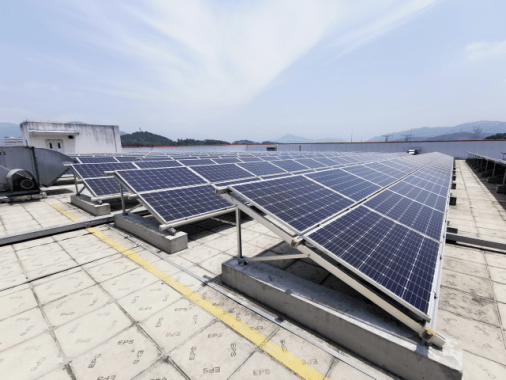
Currently, energy storage is not the largest market for CATL, but it is the most promising. In 2020, CATL’s energy storage system achieved operating income of 1.943 billion yuan, accounting for 3.86% of the company’s operating income, with a year-on-year growth of 218.56%, and a shipment volume of about 2.39 GWh. In the secondary market, although CATL’s energy storage shipment volume and revenue are not high, the market space for energy storage far exceeds that of new energy vehicles. In the words of CATL’s Li Ping, “Consumer batteries are sold by the gram, power batteries are sold by the kilogram, and energy storage batteries are sold by the ton.”
Third, the combination of intelligence and electric vehicles in specific fields, such as mining, to achieve intelligent unmanned electric operation of all equipment.
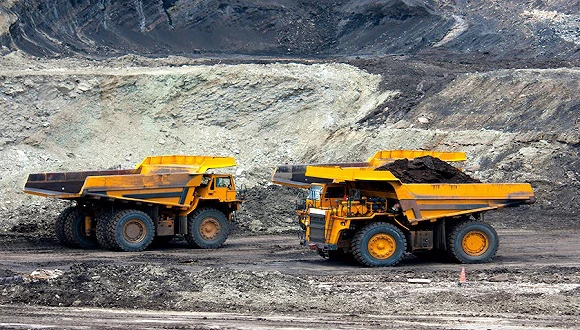
In addition to the three directions mentioned by Zeng Yuqun, many researchers believe that another factor supporting CATL’s high stock price is CATL’s investment layout in the upstream and downstream of the industrial chain. Since going public, CATL has continuously invested in external resources to control resources upstream and downstream. From upstream materials and equipment, to midstream battery pack and cell capacity, to downstream new car making forces, battery recycling, energy storage, and transportation, CATL’s investment in these areas has formed a strong chain relationship in the entire battery industry.
It is important to avoid preconceptions and seek the truth about companies. Generally speaking, investors see three tracks for CATL, but those in the automotive industry tend to only focus on one track. This is due to the different perspectives of the financial and automotive industries, with those in the automotive industry having a more focused and deeper understanding, while those in the financial industry have a broader and more distant view.
CATL: The Choice of the Times and Capital
Looking to the future, how can CATL continue to make profits? This has been a much-debated topic, with two main schools of thought:The first argument is pessimistic, which is widely discussed in various forums. According to it, if all the 100 million cars sold globally each year are converted into electric cars with a 20% long-term market share and a price of 50,000 yuan for each battery and a historical gross profit margin of 10% with 1,000 billion in revenue. At a mature stage of hardware industry, the market-to-earnings ratio is ten times. The market capitalization of CATL has just reached one trillion yuan, indicating no room for growth.
The second argument is optimistic, believing that CATL, as a supplier of car power batteries, has adequate production capacity, and the rapid growth in the new energy vehicle market will lead to a massive demand for power batteries, and CATL will continue to lead the field.
From the perspective of secondary market analysis, neither of these arguments is supported. The first pessimistic argument is clearly an estimate plucked out of thin air, which seems precise but is worthless. The second optimistic argument has no data or logic to support it.
Recently, Lao Li has also discussed with many friends about how CATL will proceed in the future. Frankly speaking, no one can clearly state what will happen, and there are significant differences among many secondary market analysts. In fact, predicting stock sales in the secondary market is almost the same as forecasting sales in the automotive industry, but the objectives of the secondary market are stronger, not for results but for yield, whether bullish or bearish, as long as they can obtain returns.
For example, at the beginning of this year, CATL had the opportunity to surpass one trillion yuan, but the capital market did not use one trillion as a measure of CATL. In the competitive environment of daily ranking of funds, fund managers have never had a sense of industry mission. Many fund managers sold CATL in the first quarter and bought it back in the second quarter, earning at least 30%.
Among many good A-share companies, why can CATL achieve one trillion? After breaking through the one trillion mark yesterday, many analysts stated that it was not because CATL was so strong, but because everyone chose CATL without coordinating. Lao Li remembered the words of an industry celebrity some time ago: “What is finance? It is money earned from your pocket, and you have to thank it.” In the capital market, companies compete not only by their strength but also by their position. CATL did not create a miracle; it was capital that chose CATL. Even without CATL, there would be other one-trillion companies, maybe Longi or BYD, but in the past year, CATL had the best performance.As mentioned before, CATL aims to take off on a market value of 1 trillion yuan, with the basic condition of maintaining a 50% market share and high revenue growth. In the secondary market, where there is no emotional attachment, no company can always be bought. CATL is also not likely to keep rising. Whenever there is market movement, investors in the secondary market will inevitably sell their interests.
Many analysts believe that CATL faces hidden worries in terms of gross profit and market share.
The first concern is the gross profit. With the increasing maturity of power battery technology and fierce competition, the decrease in battery sales price is higher than the decrease in cost. Looking at the sales price, in 2020, CATL’s power battery unit price was 0.89 yuan/Wh, down by 5.3% from 2019, but smaller than the 18.1% decrease of the previous year. Calculating from the cost, in 2020, CATL’s power battery unit cost was 0.65 yuan/Wh, down only 3% from 2019, compared to 11.6% in the previous year.
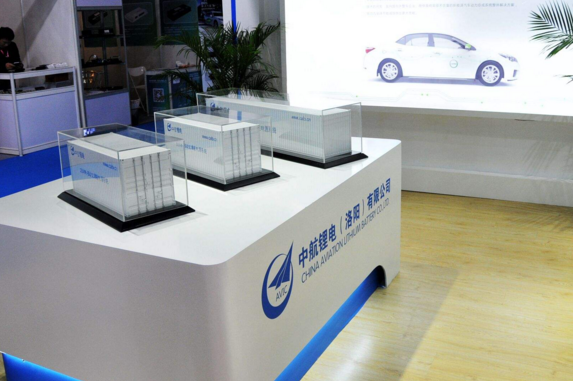
In the downstream, where the sales price is reduced, and the upstream cost reduction space is limited, CATL’s gross profit margin has dropped from 43.7% in 2016 to 26.56% in 2020. CATL’s gross profit margin this year will continue to decline due to market competition, policy adjustments in the industry, and changes in raw material prices, as mentioned in its first quarterly report. CATL may be faced with the dilemma of continuing growth in sales and revenue, while its gross and net profit margins continue to decline. The automotive industry was the last to experience such changes.
The second concern is the market share. From a global perspective, in 2020, with 34 GWh of installed capacity, CATL became the world’s largest power battery enterprise, with a market share of 24.82%. LG Chemical, with 31 GWh of installed capacity, ranks second globally, with a market share of 22.63%. Although LG Chemical ranks second, its growth rate exceeded 100% from 2019, while CATL’s installed capacity only increased by 2%, threatening its position as the world’s leading company.
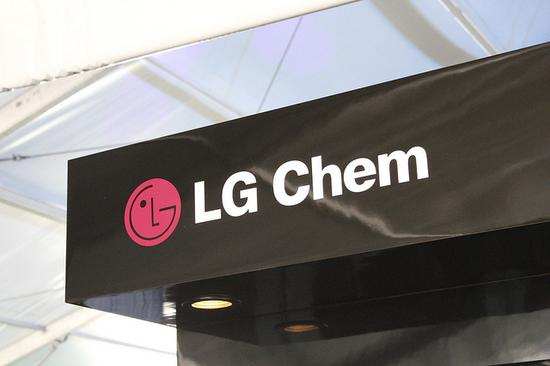
In the domestic market, CATL is also facing pressure from auto companies and many second-tier power battery manufacturers. Auto companies have been trying to break away from the monopoly of CATL, reducing the risk of the supply chain. The relationship between auto companies and CATL has always been one of competition and cooperation. In the future, competition may exceed cooperation.The major carmakers have established their own power battery systems, such as Great Wall’s Hexagon Energy, while actively seeking replacement partners for Ningde Times. Guangzhou Automobile EEA’s main EV battery supplier has gradually switched from Ningde Times to CALB. Xpeng’s high-end models have also gradually switched to EVE Energy. International car companies like Volkswagen are also building their own battery factories to meet the growing demand for EV batteries as their sales increase.
Amid these two major concerns, can people still buy Ningde Times? Yesterday, Mr. Li discussed with some analysts and they all believed that Ningde Times’ valuation is too high, its short-term upward potential is limited, and it will inevitably face a correction in the market after the mid-year market. In the future, we can refer to the rule that looks at Ningde Times’ market share and growth rate every month and every quarter. As long as it maintains a relatively high market share and growth rate, Ningde Times will always be a recommended target in the secondary market. Otherwise, fund managers in the secondary market will also mercilessly step on it.
The secondary market that reeks of copper has never had the sentiment of the automotive industry.
This article is a translation by ChatGPT of a Chinese report from 42HOW. If you have any questions about it, please email bd@42how.com.